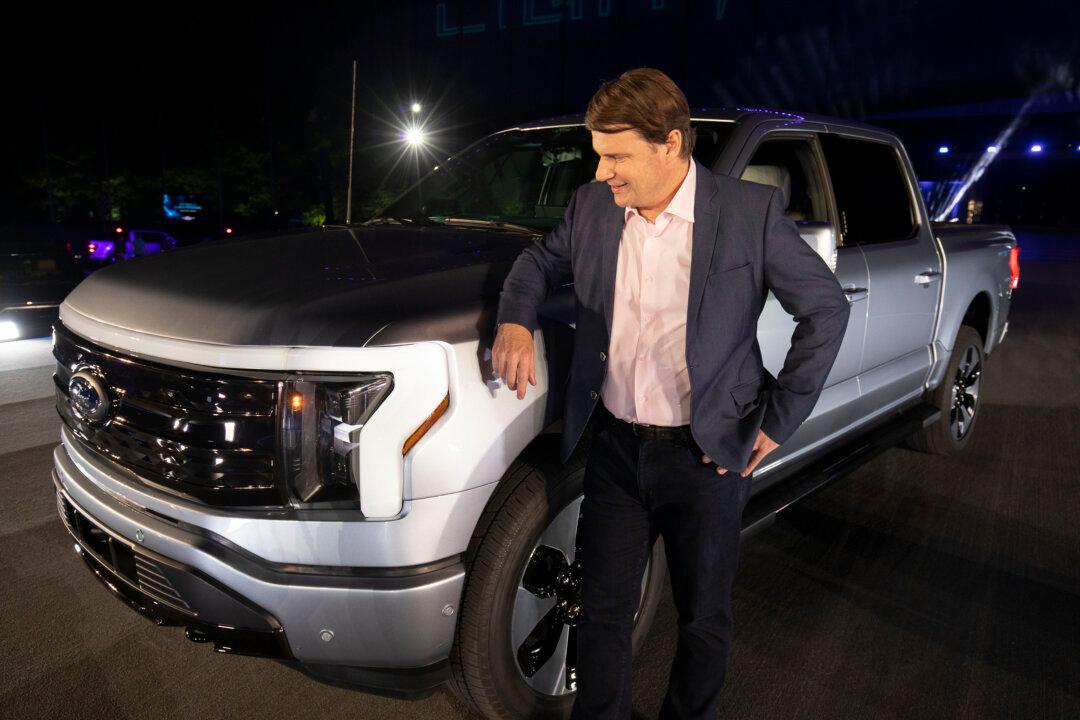News Analysis
When President Joe Biden announced on Aug. 5 that he wants half of all cars and trucks sold in the United States to be electric vehicles (EV) by 2030, the loudest applause may well have been in Beijing.


When President Joe Biden announced on Aug. 5 that he wants half of all cars and trucks sold in the United States to be electric vehicles (EV) by 2030, the loudest applause may well have been in Beijing.